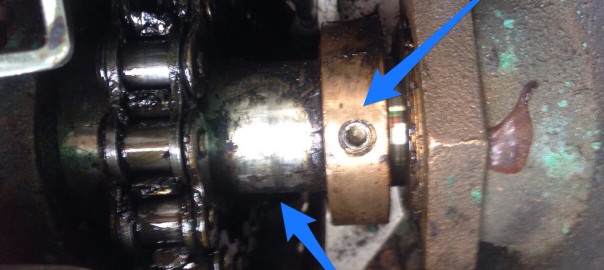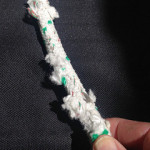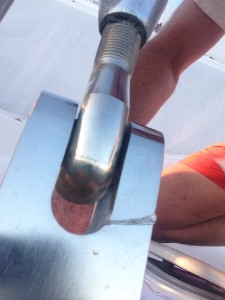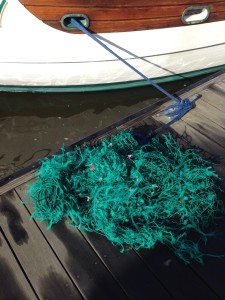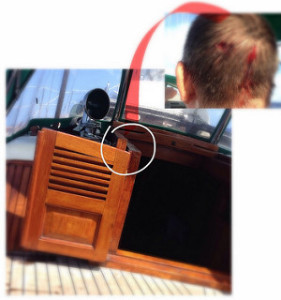…aviators jargon for communication interruption. There are procedures which must be followed in the event of lost comm for safety of flight and search and rescue.
Sailing across the Gulf of Mexico with our delorme inreach we dropped of the face of the earth; or so it appeared to those following our progress back home. Normally our sat comm device would relay our geo coordinates every 2 hours posting a bread crumb trail to a web based map. We had the ability to send|receive 160 character text messages too and although it appeared to us that our mapping and messaging was functional outbound as it had been for several days since the beginning of our trip, we began receiving unusual inbound messages such as: “okay you guys, if we don’t hear back from you by 6pm we are calling the Coast Gaurd!”
No, something was amiss. I’m sure it was a problem at delorme; an IT desk unmanned; it was the Memorial holiday weekend… At the time however we were thinking the problem was on our end. We tried a soft re-set (turning it off and then on again) which is usually restorative. No change. Drilling down into a settings menu we found another option — RESET the device. Without much forethought we executed which turned out to be unfortunate. Our device was wiped clean on top of which the startup prompt was requiring a re activation through the delorme.com website. Ooops. How could we possibly!?
As it so happens, and news to us, there is a cellular network in the Gulf. In fact, it was one of the first (27 years ago) and quite expansive (100,000 sq. miles). Looking anxiously at my cell phone and where you would expect to see NO SERVICE, we were several hundred mile from land after all, I saw posted an unusual: NO NETWORK accompanied by 1 or 2 bars. I phoned home matter of factly, and panic defused, described how to jump start our dead device. Back in business.
We soon sailed beyond this phantom cellular signal, grateful that it had saved the day minimizing the stress and anxiety for all concerned. Astonishingly, Roaming Charges have yet to appear on my monthly statement.

